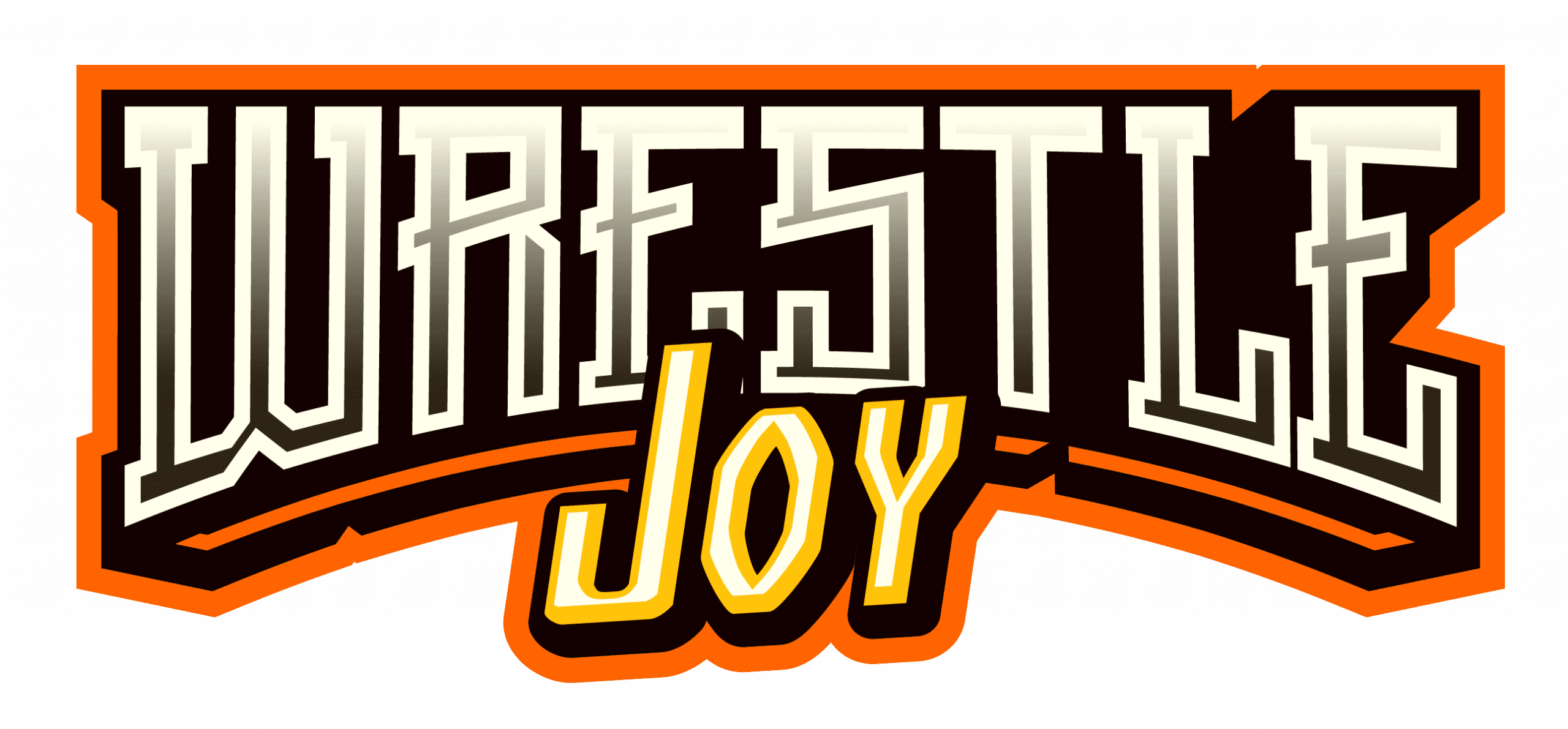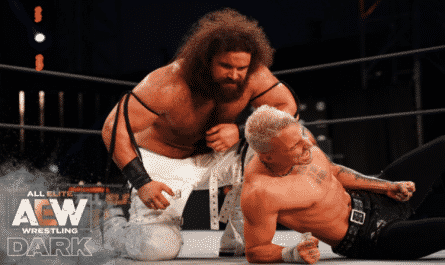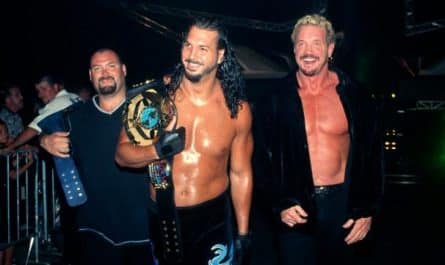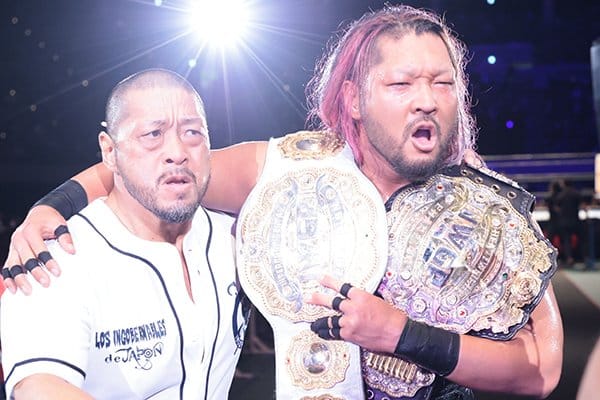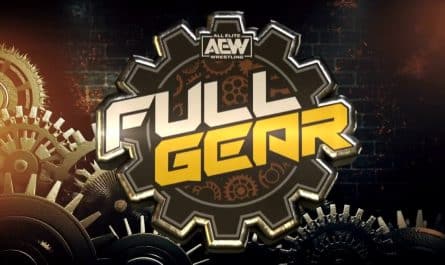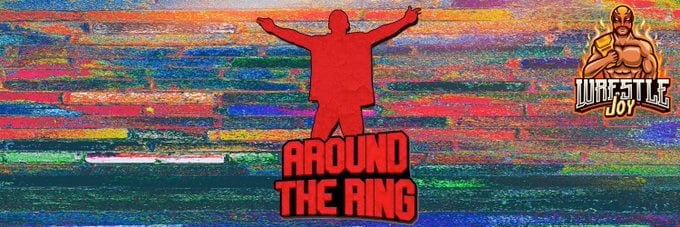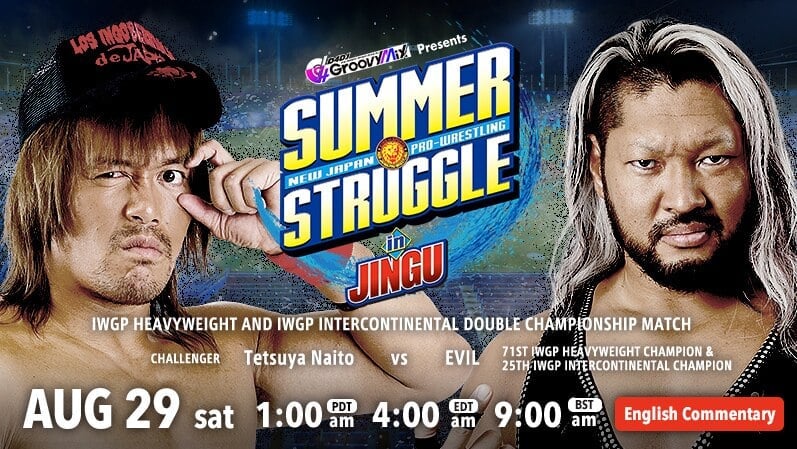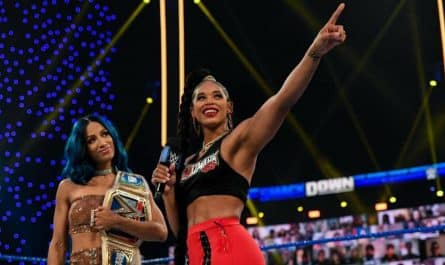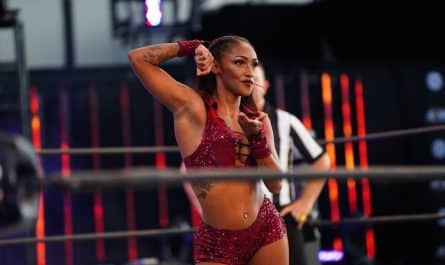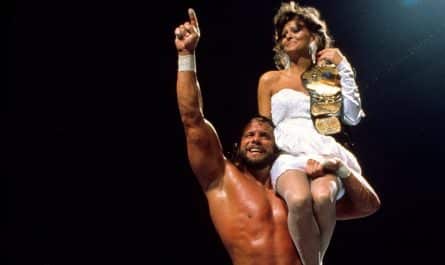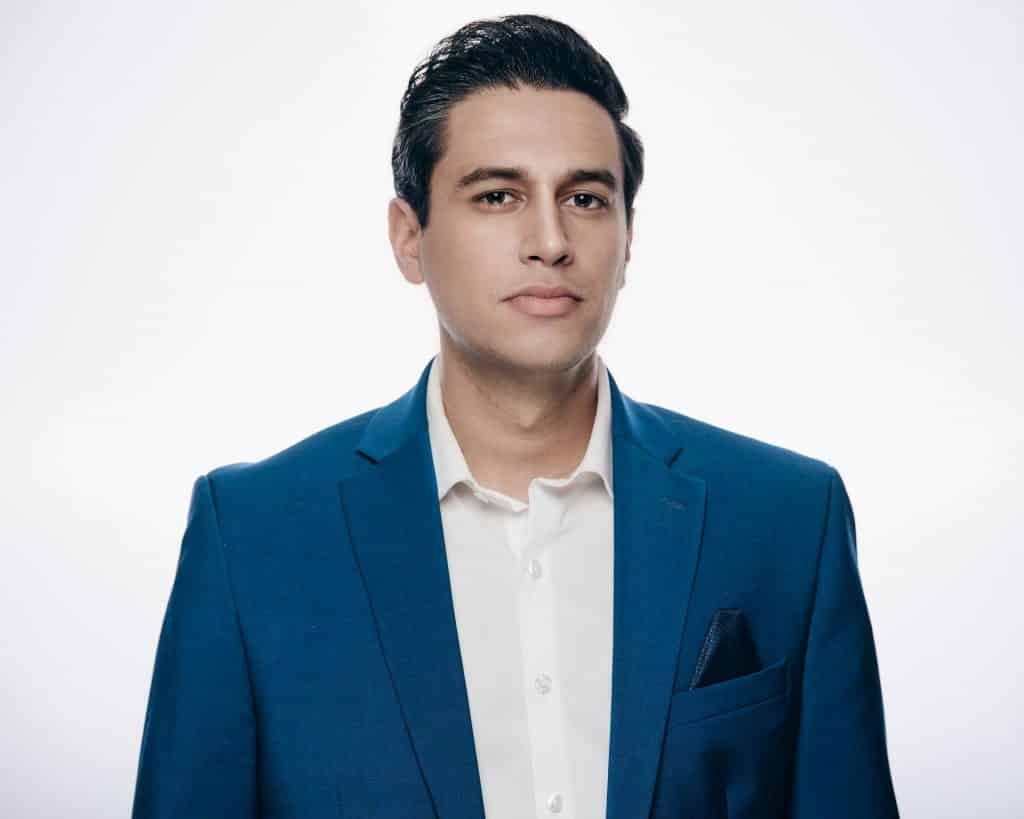
“Ease up, ease up,” I said, calmly giving directions to my group “Prestigious.”
It was near the tail-end of Limitless Wrestling’s “UNDENIABLE” event, one of the biggest pro wrestling shows run in New England since the return of normalcy during the pandemic. Earlier in the night, Earlier in the night, future CHAOTIC World Heavyweight Champion Davienne would challenge me (5-foot-9, coiffed-hair Jon Alba) to a one-on-one match after nearly five months of feuding, leaving me in stunned silence. But now, my brethren, Mac Daniels, Brett Ryan Gosselin, and Channing Thomas had taken New England’s fastest-rising women’s star (and Davie’s best friend) Becca hostage in the center of the ring, holding a piece of steel to her face. After some…tense…negotiations, we agreed we’d spare her life if Davienne agreed to face us in a future tag mach under my own stipulations.
She did. And I was content.
“Channing, drop the chair,” I said. “We don’t need to take her head off tonight.”
I began to exit the ring. And as both women saw momentary light, they heard my voice once more.
“Just break her neck instead.”
With that, Daniels and Gosselin hurled Becca into Thomas’ awaiting arms, and she was left laying with a piledriver on a chair, all as Davienne screamed to the heavens.
I’m not saying I’m Don Vito Corleone. But not for nothing, it kind of reads that way, doesn’t it?
So was it always 28-year-old Jon Alba’s dream to become a pro wrestling mob boss, compensating for his lack of stature by flaunting around an Emmy Award named Erica and shouting at individuals significantly tougher than he is? Or is this just a funny thing that happened on the way to the forum? The answer is somewhere in between, truthfully.
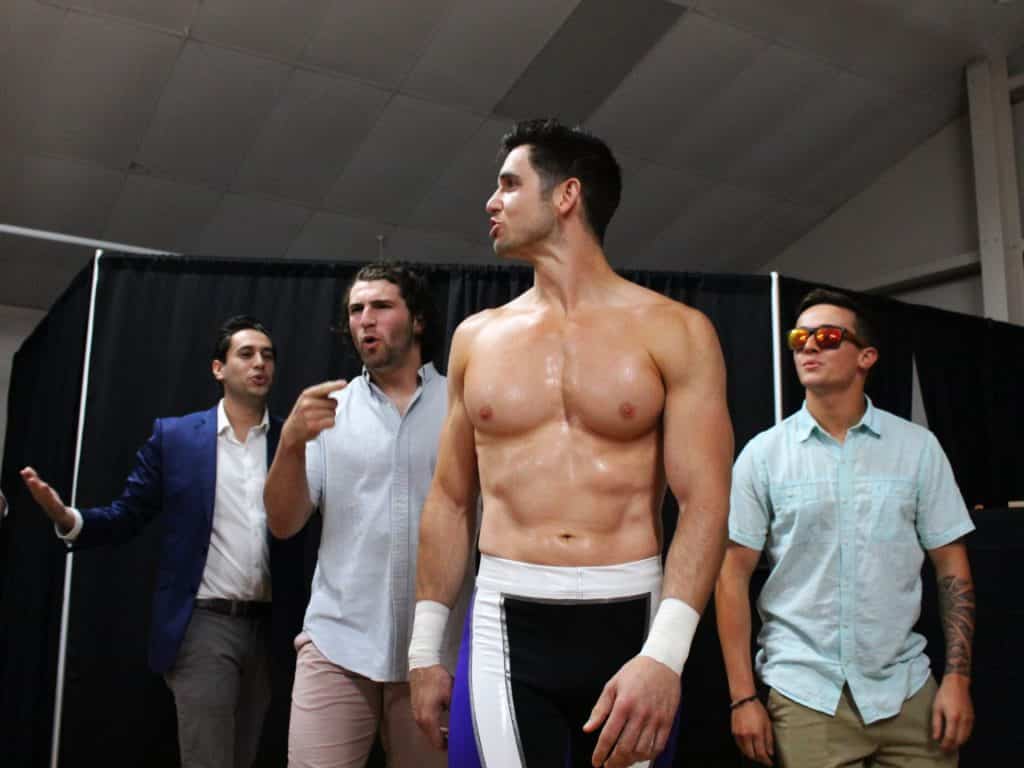
When you’re born in the outskirts of New York City, performance is more or less embedded in your way of life, whether you want it to be or not. My infancy was spent recreating numbers from “The Wizard of Oz” while my mother would dance me around in her arms to Bruce Springsteen’s “Man’s Job” (notably changing the lyrics from “loving you’s a man’s job” to “loving you’s a mom’s job”). My father, living in his glory days of working at record shops across the tri-state area, treated every car ride as his own opportunity to prove he missed his calling as a DJ, attempting to educate my young self on anything from The Rolling Stones to Fleetwood Mac (resulting in me parroting back “don’t stop, thinking about toe-my-yo”).
There was simply no shortage of theatricality in my life. And then the “big bang” happened.
Sure, my four-year-old self dreamed of performing on stage one day. But growing up in New Jersey in the heart of the New York Yankees dynasty, baseball was the most permanent fixture on my television. And on April 10, 1998, I tuned in to the local Fox affiliate to watch the Yankees host the Oakland Athletics in their home-opener. It was a 17-13 final score, even at the heart of the Steroid Era, an exciting anomaly for any fan.
I told my mom that day I was going to be the man talking about sports one day on TV. And after almost a decade of sitting in press row at the NFL Playoffs, NBA Playoffs, Daytona 500, and plenty of other “you had to be there” sporting events, here we are. Wild.
But lost in the enormity of a child’s sports obsession was my other “Big Bang” moment. The one that came watching a tape at a neighbors house a few months later. A show that saw a big red demon-like man tear down the door of a cage, destroy the man purportedly to be his half-brother, and thrust his arms down to summon fire.
Boy, if you thought seeing a 350-foot home run on television was wild, wait until you got a look at this.
Pro wrestling became part of my routine. While I’d debate the merits of the Yankees not making a run at Manny Ramirez when the Boston Red Sox put him on waivers with my friends at school, at night I’d watch tapes of Kurt Angle’s quest from the year prior to thwart “Stone Cold” Steve Austin and The Alliance on my own. I desired understanding. I craved discourse. So when I discovered the Internet Wrestling Community upon my teenage years, I knew it was the perfect opportunity to explore my hobby further, while I continued to pursue what I knew would be my path in sports journalism.
Because pro wrestling was just that: a hobby. Until it wasn’t.
In September of 2015, I was 22, and became the youngest sports director in the country at an affiliated television station. Just a month in, I learned WWE legend Billy Gunn was going to be in the area for a one-man show he was doing. In need of content to fill a four-minute show, I went to grab a soundbite with him.
“You know something,” he said to me. “You have a very punchable face.”
Well that’s not what I was expecting from a guy I literally idolized watching as a small child.
“No, that’s a good thing,” he quickly reiterated. “People will want to pay money to see you get beat up.”
I had spent the last five years writing and podcasting about wrestling, trying to pass myself off as someone who at least somewhat knew something about “the biz,” all while studying to be a sportscaster and playing in a band on the side to get that performance bug fulfilled. And here was a prospective WWE Hall of Famer making me, for the very first time in my life, question whether or not fantasy could become reality.
I envisioned talking down to a crowd (I would be a heel, obviously). I imagined what that first bump would feel like.
“Don’t get ahead of yourself,” I kept telling myself. “You cover sports for a living. This is insanity.”
The thing about insanity is no matter how hard you suppress it, it always prevails. And within months I found myself working to get engrained in the local independent scene of Bangor, Maine, carefully studying matches from afar, studying the art of the greatest promos ever breathed into existence, and soaking up whatever information I could. And after about six months, I was in a pre-show meeting with the locker room, and they were going over match psychology. Then the promoter turned to me.
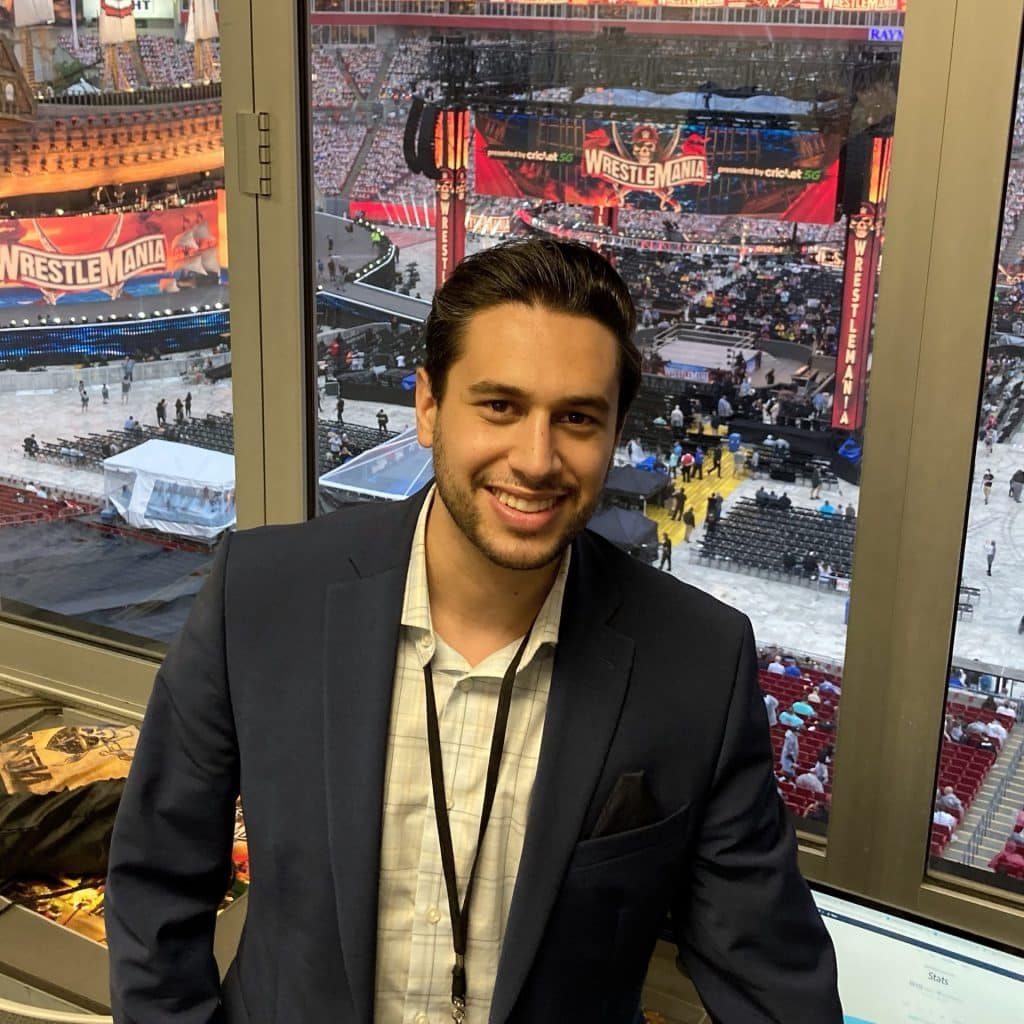
“What do you think, Jon?”
Was he asking me, Jon Alba, 5-foot-9, coiffed-hair scrub, for my opinion on match psychology? Was it time for me to have a conversation that I had wished I could have for years with friends who were far more concerned with who they should start at flex this week in fantasy football?
Sure, the show that night would be held in front of about 45 people. But I had made it.
My journey on the independents evolved into working for more established and legitimate promotions, while also maintaining my life as a sports anchor. Yet not so suddenly, that childhood proclamation of being the guy to talk about sports was evolving into the guy who would talk about professional wrestling too.
Last year, I was in the middle of my contract as a sportscaster in Orlando, Florida, the adopted home of WWE. April 9, 2020, Florida Gov. Ron DeSantis would declare professional wrestling an essential business as the COVID-19 pandemic spread across the country. All of a sudden, there was a need for hard news coverage revolving around professional wrestling. A combination of acquired skillset from the “real” sports world, and the nerd-like understanding of Planet Kayfabe.
I told you, after all, a funny thing happened on the way to the forum.
With that, the most unforgettable and trying year of my life was underway, and with eyes on my words, more followed into the ring. While I’d be stressed covering the hard-hitting nature of the industry’s current climate, I could simultaneously escape into the world of performance and theatricality. It was a journey come full-circle.
And one that continues to evolve.
Because now that journey takes me into the world of professional wrestling full-time. No longer is this a hobby for me. Shortly, this will be my life. My form of theater, where performance and fantasy intersects with reality.
And I can’t wait to be the guy to talk about it all some day soon.
